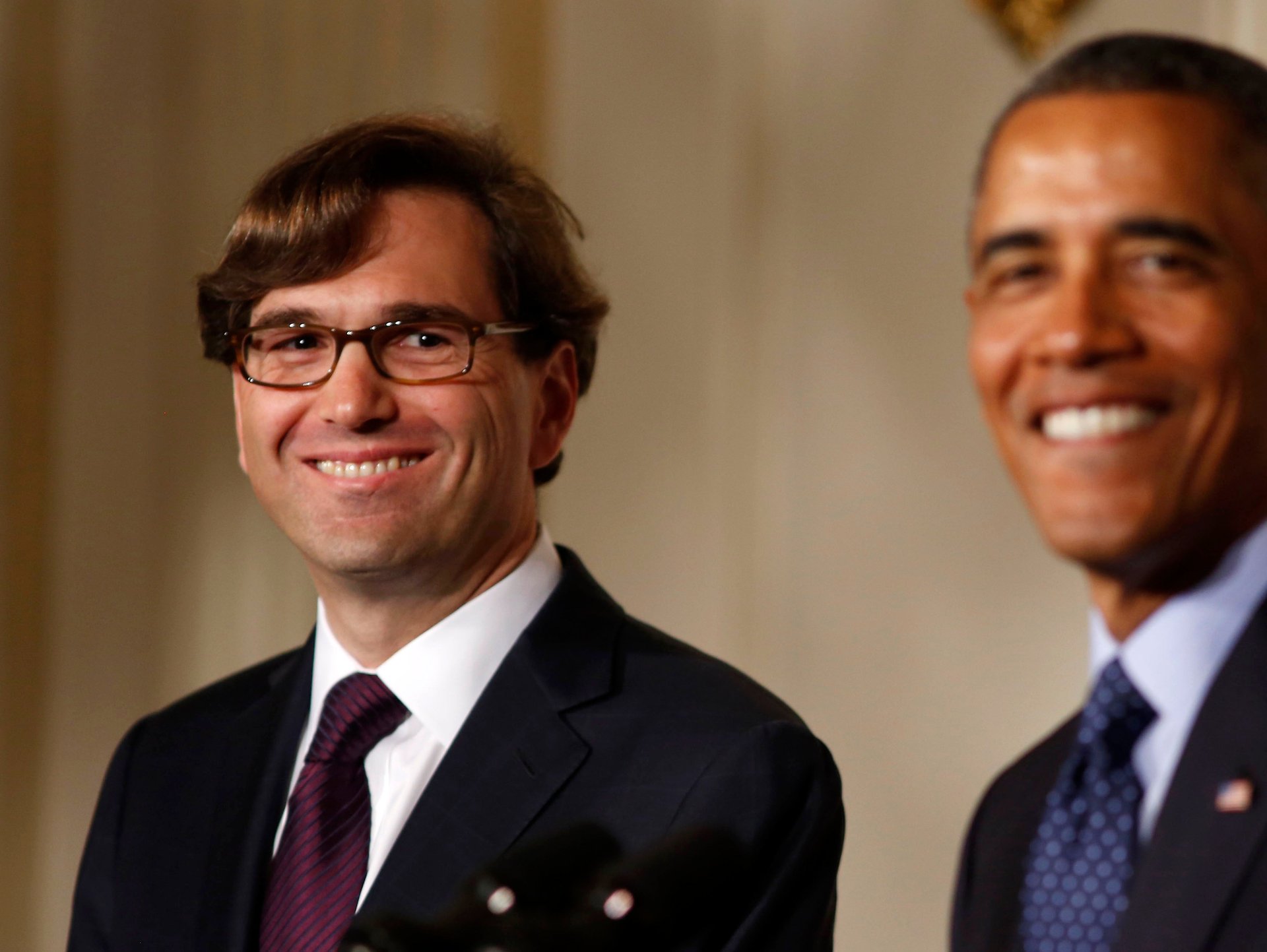A Harvard economist summarizes his class on monopolies in 54 tweets
In October 2015, Jason Furman, then chair of President Obama’s Council of Economic Advisers, sounded the alarm about rising monopoly power in the US. In a paper with fellow economist Peter Orszag, Furman attributed some of the rise in US income inequality to companies’ ability to avoid the pressures of truly competitive markets.


In October 2015, Jason Furman, then chair of President Obama’s Council of Economic Advisers, sounded the alarm about rising monopoly power in the US. In a paper with fellow economist Peter Orszag, Furman attributed some of the rise in US income inequality to companies’ ability to avoid the pressures of truly competitive markets.
Furman and Orszag were not the first to make that case but their White House connection drew attention to the topic and in the years since a growing body of academic research has documented a monopoly problem in the US. After Obama left the White House, Furman became a professor at Harvard and took over teaching Economics 10: “Principles of Economics,” the university’s introductory economics course.
On Friday, Furman summarized his 75-minute class segment on competition policy in Twitter threads.
He began by outlining the four main sections of the class—(1) government policy towards monopolies, (2) competition policy in practice, (3) the increase in industry concentration, (4) the digital giants—and then went on to extrapolate on each issue in a series of 54 tweets. Here are some of the highlights:
